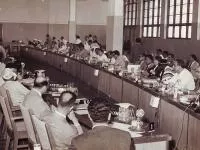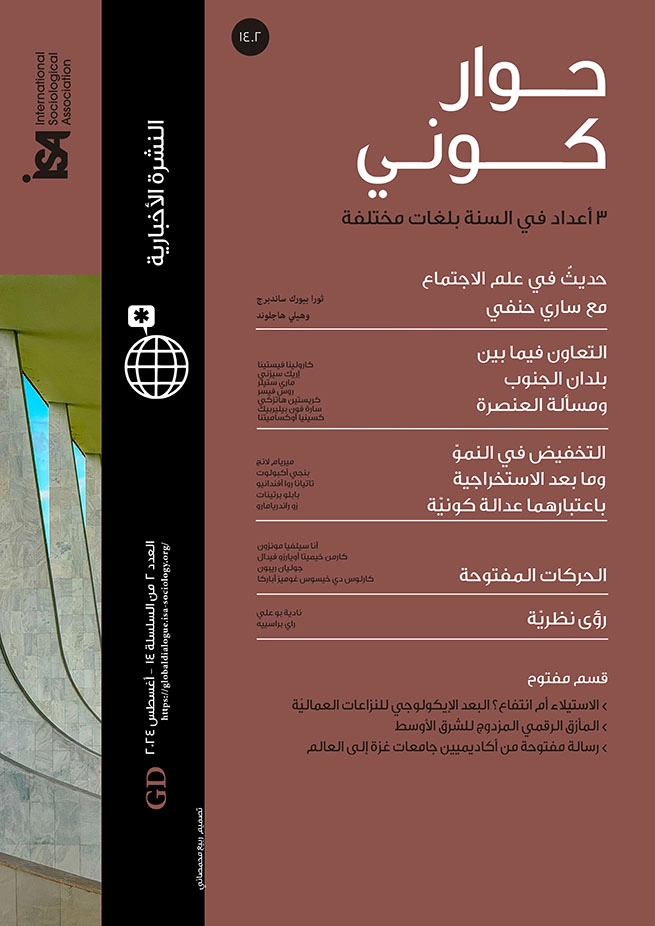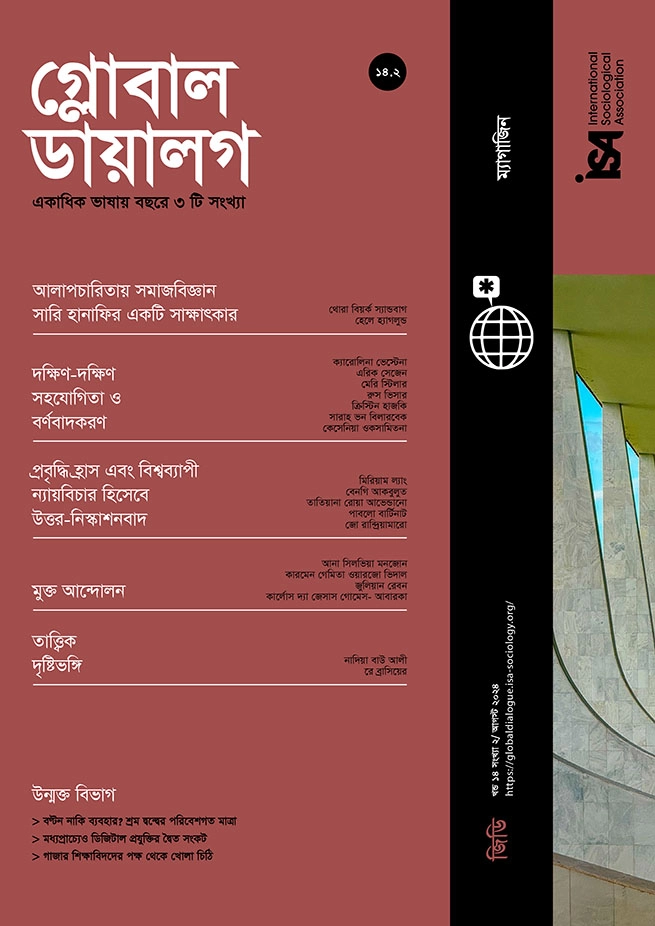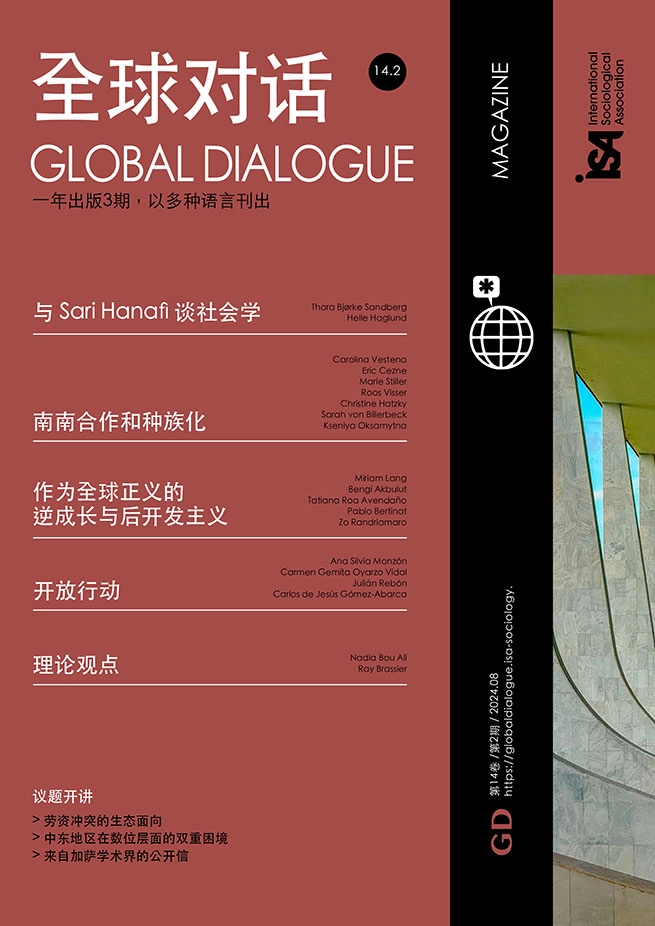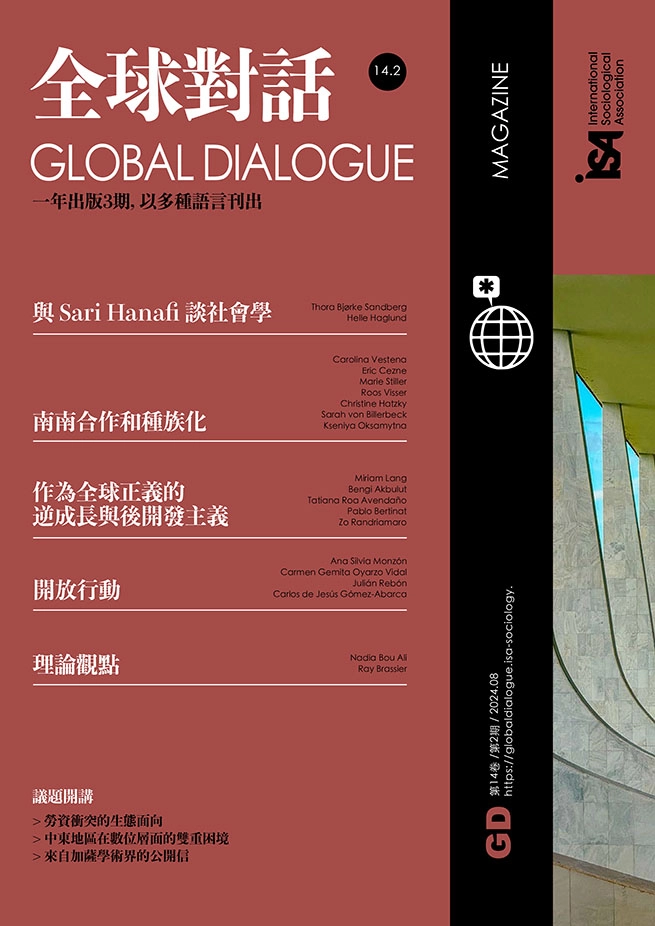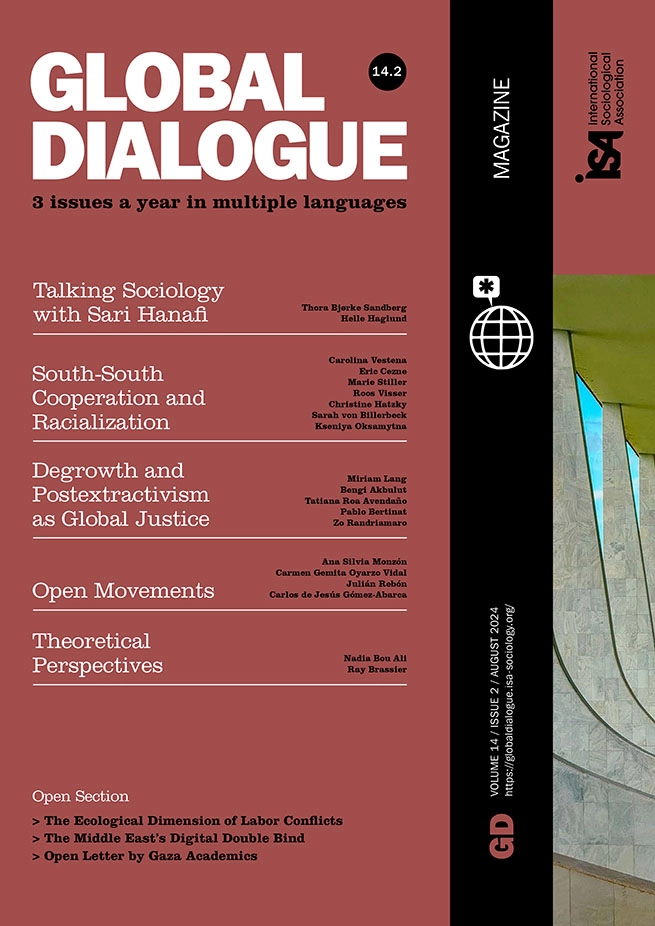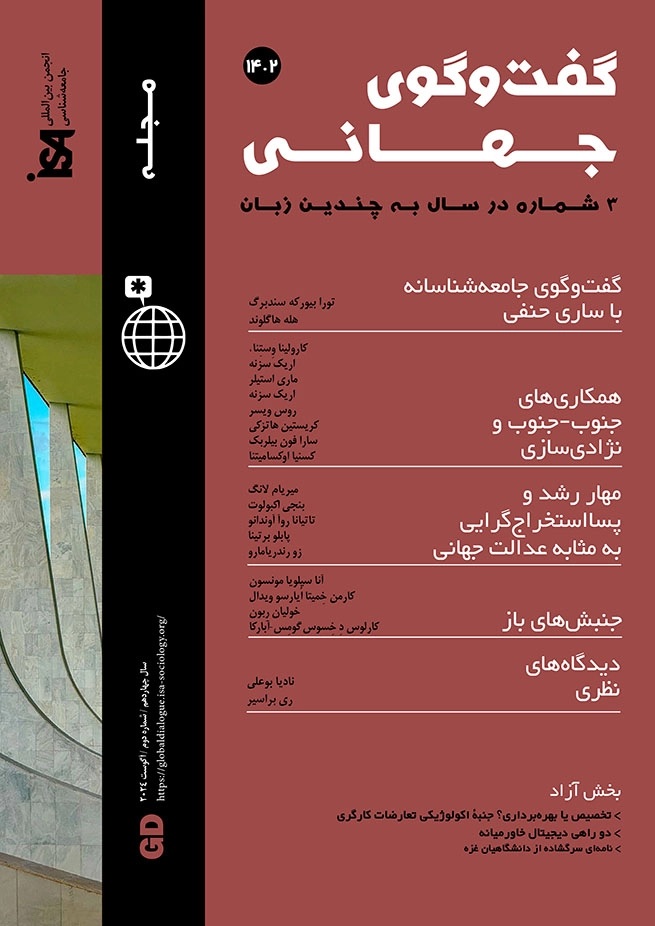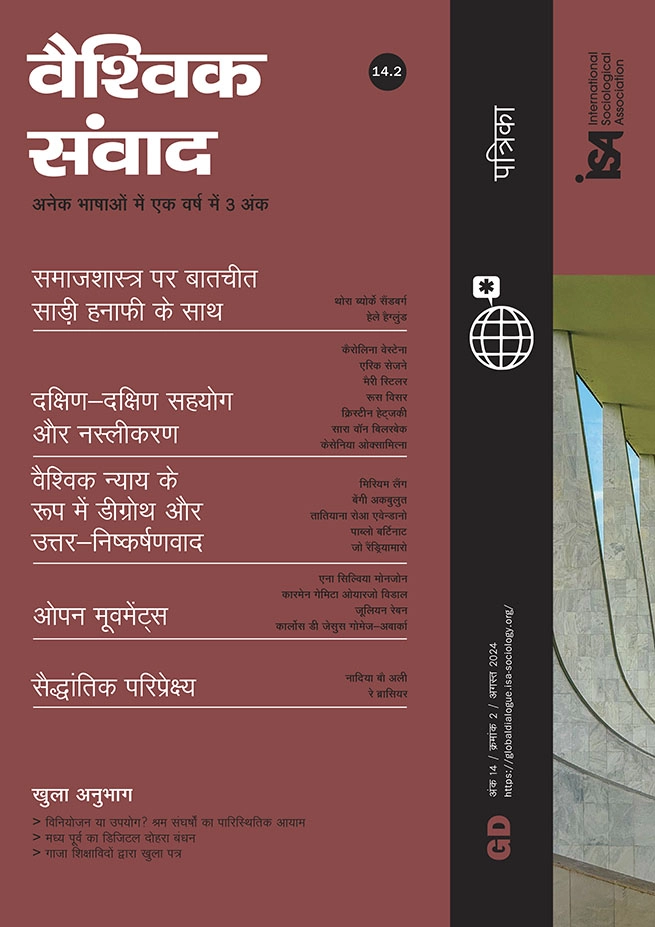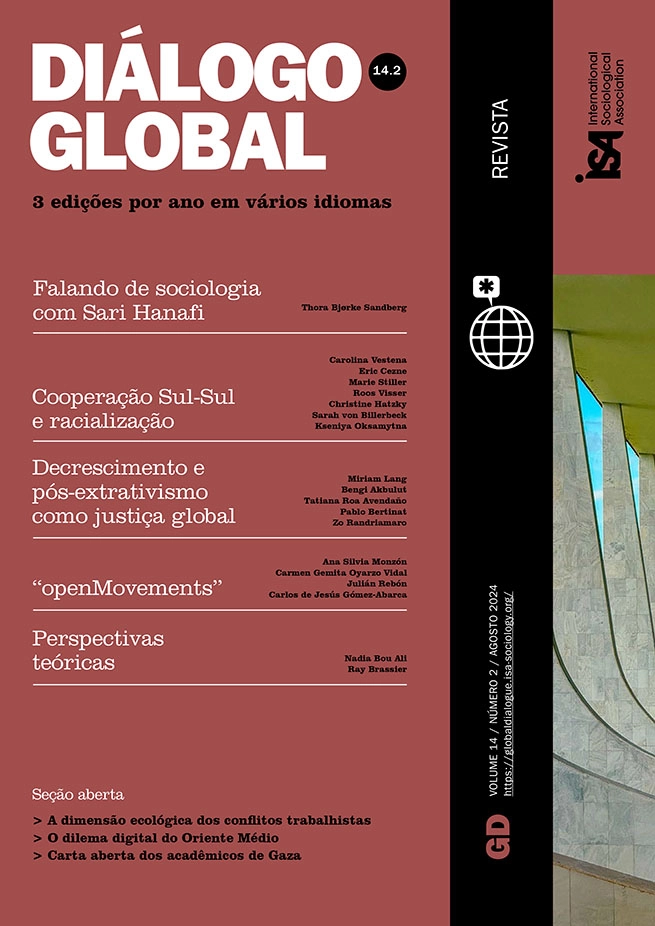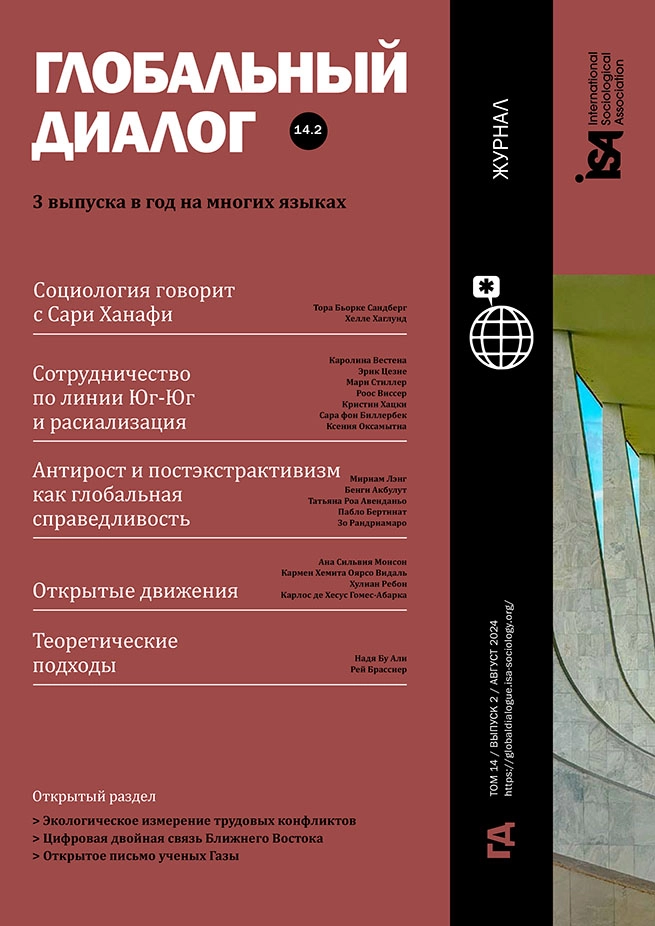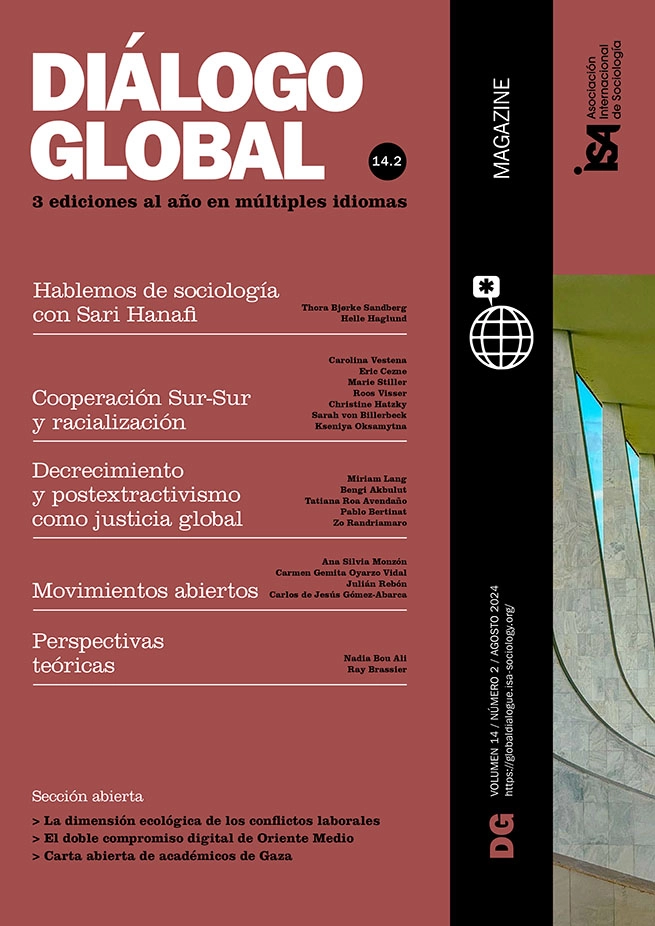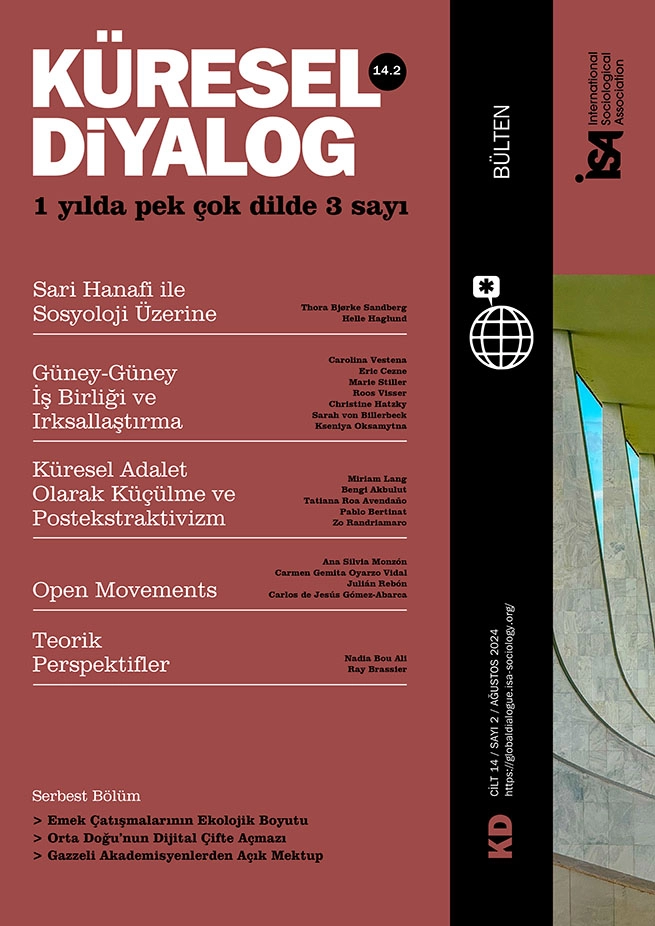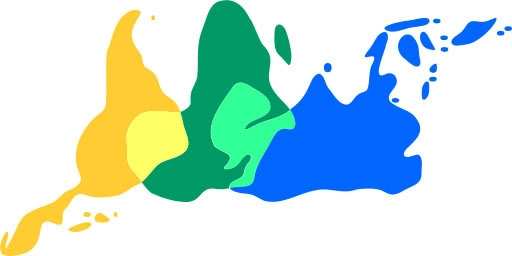In his inaugural address given on April 18, 1955 at the Bandung Conference, the Indonesian President Sukarno linked the “Global South” countries and the question of racism in the following way:
“We are of many different nations, we are of many different social backgrounds and cultural patterns. […] Our racial stock is different, and even the colour of our skin is different. But what does that matter? Mankind is united or divided by considerations other than these. Conflict comes not from variety of skins, nor from variety of religion, but from variety of desires. All of us, I am certain, are united by more important things than those which superficially divide us. We are united, for instance, by a common detestation of colonialism in whatever form it appears. We are united by a common detestation of racialism. And we are united by a common determination to preserve and stabilize peace in the world.”
The Global South was featured here as an anti-colonialist, anti-racist and pro-peace project. This forum, however, shows how South-South cooperation processes have been marked by various kinds of racialization processes. If there is indeed an anti-racist project from the Global South, the promise it offers is still unfulfilled.
Racialization and the Global South
Racialization is understood here as a practice by which a group of people is attributed a specific racial meaning or stereotype. Racialization sustains hierarchical social structures based on the category of “race”. The concept of racialization helps us study practices that result in racial inequality or racism. Moreover, using the term can be a way to avoid the supposedly biological category of “race” for which there is no scientific basis (see the Introduction of this thematic issue).
While the anti-racist ideals have not been realized, the Global South as social imaginary has nonetheless constantly been invoked to create a sense of solidarity among formerly colonized states, institutions and peoples. Governments, in particular, have often used the language of Global South solidarity as a strategic rhetorical device to legitimize international cooperation or “development initiatives”.
The Global South is not a homogenous entity but a construct that is partly legitimized by a proclaimed anti-racism that remains wanting. The purpose of this short contribution is to problematize the Global South concept along these lines.
A trinity of concepts
Generally, the Global South concept is deeply ambiguous and underconceptualized. As social imaginary it may sustain rather than defeat a range of injustices, including racial injustices.
Schneider (2017) distinguishes three main “Global South” concepts: the geographical Global South, the subaltern Global South, and the Global South as a flexible metaphor. The geographical is the most common usage and locates the Global South in those formerly colonized world regions that are conceived of as structurally underdeveloped and poverty-stricken (formerly the “Third World”): Latin America, Africa, and Asia. The geographical concept is dominant in contemporary discourses. It is used by powerful supranational institutions like the United Nations and is based on a nation-state and inter-state perspective.
The second model of the Global South, first suggested by Alfred López (2007), relates to the “subalterns” across the globe: human beings disadvantaged by neoliberal policies who are socially, politically, and intellectually disempowered. They are “global” because they can no longer be confined to a single region. While López dissociates the “Southerner” from a geographic location (the Southerner is everywhere), he ultimately reduces the “South” to “class”.
Lastly, a third reading regards the Global South as a flexible metaphor that cannot be reduced to a geographical setting (like Latin America, Africa and Asia) or a socially fixed element (like class). Rather, it is relational. This third concept draws a metaphorical border between a supposedly powerful North and a deprived South. To provide an example, it could be related to the border between Northern and Southern Italy, or between the well-off Germans and the disenfranchised German population. It is abstract because it is “flexible”. It can relate to both a geographical and a social distinction, and any kind of inequality.
On closer inspection, all three conceptualizations have their advantages and disadvantages. Also, they relate to a specific historical moment or development. This becomes apparent when we ask: When did the Global South first emerge and when did it replace the concept of the Third World?
Historically, the rise of the term is related to the period of decolonization and the rise of national identities among formerly colonized peoples. The term “Global South” started to become common usage precisely in the 1960s and 1970s after the landmark event of Bandung (1955) and the establishment of the Non-Aligned Movement (NAM) in 1961 and of The Group of 77 in 1964. It gradually came to replace the terms “West” and “East” as well as that of the “Third World”, which had turned into a pejorative concept. The term “Global South” was associated with a vision of a fairer economic order and the struggle for inter-state and interregional equality. It included the call for new responsibility on the part of the Global North.
Heterogeneity, internal divisions, and the dangers of oversimplification
Most scholars agree that the Global South – in its historically oldest and most commonly used reading: the geographical reading – is too unsophisticated a category to describe the “real” world. For instance, there is a massive (and growing) diversity among countries in Latin America, Asia and Africa. China, Brazil, and India, along with South Africa (the Southern BRICS) can hardly be clustered with Somalia, one of the poorest countries in the world. Rather China and Brazil have become global stakeholders in many African regions, a development that is conspicuously silenced by the label “South”. Moreover, the geographical reading omits the striking divisions within these Southern nations: the vast gap between rich and poor in these countries. As Vijay Prashad has traced in his Possible History of the Global South (2012), the South has never been a homogeneous entity but has been divided along ideological trenches (e.g. revolving around neoliberalism).
Yet, most crucially, the geographical reading omits the striking divisions along class, race, gender, and regional lines within these “Southern” countries. López’s concept of the subaltern Global South tries to point to “class” divisions, even acknowledging that poverty is often racialized, and essentially draws on the category of “class”.
So, if until now all available concepts of the Global South have fallen short of accurately describing the real world, what they have downplayed, in particular, are the inequalities revolving around processes of racialization. We lack a concept that moves beyond Black–White binaries and dichotomies centered on Euro-American frames of reference, as this thematic issue demonstrates.
Even if the anti-racist ideals of Sukarno’s South have not been fulfilled, the Global South as imaginary continues to be constantly invoked in a sense of solidarity among formerly colonized people as well as scholars from the North. Many scholars and engaged intellectuals use it in the absence of alternative terms. But it is also often used in pursuit of a fairer and socially more progressive world: to continue to call for an anti-racist, anti-colonial and pro-peace world (Schneider 2017).
Yet, the Global South is not a homogenous entity, but a construct that is partly legitimized via a proclaimed anti-racism it fails to deliver. As such, uncritical use of the concept runs the danger of blinding us to new forms of racialization, racism, and coloniality.
Marie Stiller [The author opted to use a pseudonym.]
